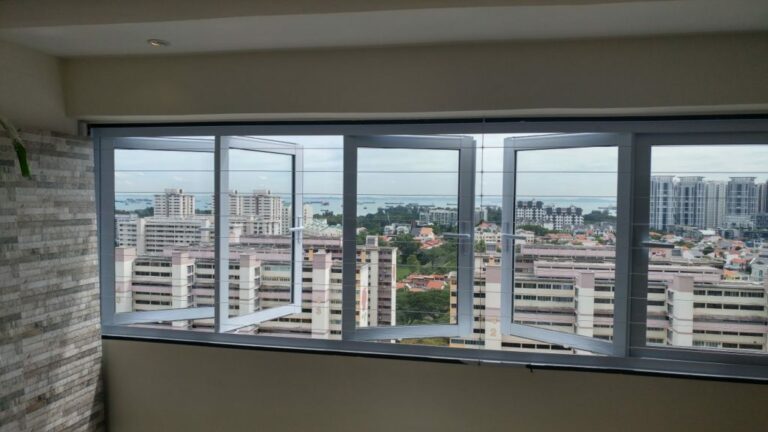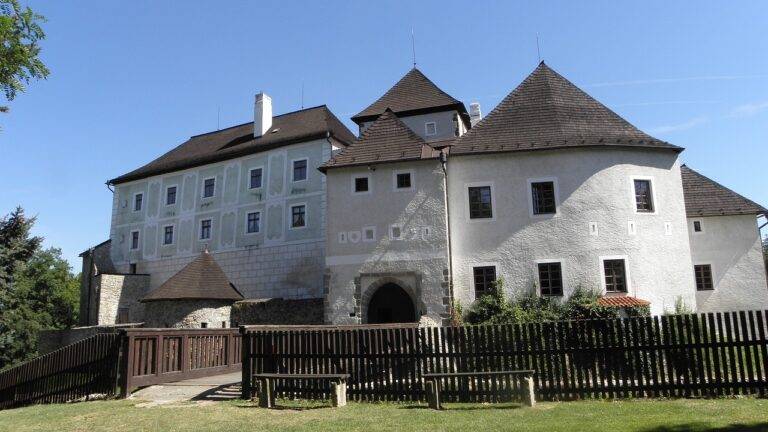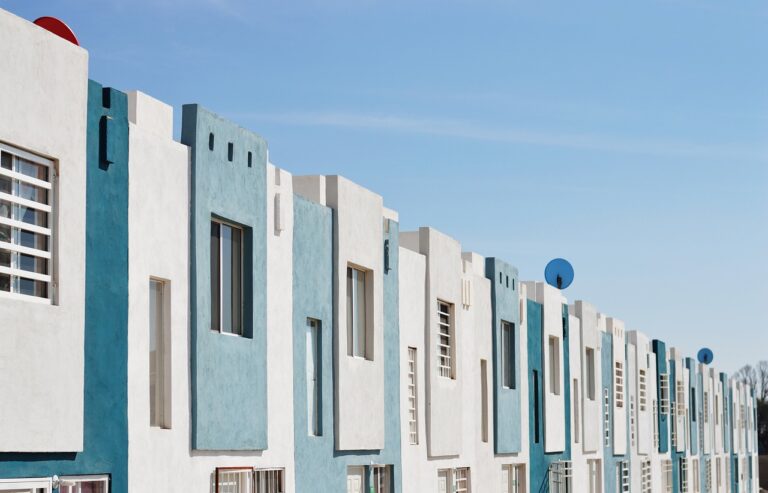Designing Accessible Outdoor Skate Parks: Providing Thrills for Skaters of All Abilities
Skate parks serve as vibrant community spaces that bring people together through a shared passion for skateboarding. In recent years, there has been a growing recognition of the importance of inclusivity within these spaces. Inclusive skate parks create opportunities for individuals of all ages and abilities to participate in the sport, fostering a sense of unity and belonging among community members. By providing a welcoming environment for skaters from diverse backgrounds, inclusive skate parks promote social integration and encourage mutual respect among participants.
Moreover, inclusive skate parks offer a safe and accessible space for skaters with disabilities to enjoy the sport. These individuals often face barriers in traditional skate park settings, limiting their ability to fully engage in skateboarding activities. Through thoughtful design and consideration of the needs of skaters with disabilities, inclusive skate parks provide an empowering outlet for self-expression and physical recreation. By prioritizing inclusivity in skate park development, communities can create a more equitable and diverse recreational environment for all members to enjoy.
Understanding the Needs of Skaters with Disabilities
Skate parks, once seen as spaces exclusively for able-bodied individuals, are increasingly being recognized as recreational areas that should be accessible to all. Skaters with disabilities have unique needs that must be taken into consideration to ensure they can fully participate in the sport. Understanding these needs is crucial in creating inclusive skate parks that cater to a diverse range of individuals.
From mobility issues to sensory sensitivities, skaters with disabilities face various challenges that impact their experience at skate parks. It is essential to consider factors such as accessible entrances, smooth surfaces for wheelchairs, and sensory-friendly design elements when developing skate parks. By incorporating these considerations into the planning and design process, skate parks can become welcoming spaces where individuals of all abilities can enjoy the thrill of skateboarding.
Incorporating Universal Design Principles
Universal design principles play a crucial role in the development of inclusive skate parks. By incorporating features that cater to individuals with diverse abilities and needs, these spaces become more welcoming and accessible to all skaters. From ramps with varying heights to textured surfaces for better traction, a thoughtful integration of universal design elements can enhance the overall skate park experience for everyone, regardless of their physical capabilities.
Furthermore, embracing universal design principles in skate park planning encourages creativity and innovation. By prioritizing inclusivity and accessibility, designers are challenged to think outside the box and explore new ways of integrating features that can benefit skaters of all ages and skill levels. This approach fosters a sense of community and unity among skaters, as they are able to share the enjoyment of skating in a space that is intentionally designed to accommodate their diverse needs.
Universal design principles enhance the inclusivity of skate parks
Features such as ramps with varying heights and textured surfaces improve accessibility
Thoughtful integration of universal design elements can benefit skaters of all abilities
Embracing universal design principles in skate park planning also promotes creativity and innovation within the skating community. Designers are encouraged to think creatively about how to make the space more inclusive and accessible for all skaters, leading to new and exciting features that cater to a diverse range of needs. This innovative approach not only improves the overall skate park experience but also fosters a sense of unity among skaters who can enjoy the space together, regardless of their age or skill level.
Prioritizing inclusivity challenges designers to think outside the box
New features benefit skaters of all ages and skill levels
Promotes a sense of community among skaters
What are universal design principles?
Universal design principles focus on creating environments and products that can be used by people of all abilities and ages. This includes considering factors such as accessibility, usability, flexibility, and safety.
Why is it important to incorporate universal design principles in skate parks?
Incorporating universal design principles in skate parks ensures that individuals with disabilities can also enjoy the sport and have equal access to recreational facilities. It promotes inclusivity and makes the skate park more welcoming to a diverse range of users.
How can universal design principles benefit all skaters, not just those with disabilities?
Universal design principles can benefit all skaters by improving the overall functionality, safety, and usability of the skate park. Features such as smoother transitions, better lighting, and clear signage can enhance the skating experience for everyone.
What are some examples of universal design features that can be incorporated into skate parks?
Some examples of universal design features for skate parks include ramps with lower inclines, wider pathways for easier navigation, textured surfaces for better traction, and seating areas for resting. These features can benefit skaters with disabilities as well as those without.
How can skate park designers and planners learn more about incorporating universal design principles?
Skate park designers and planners can learn more about incorporating universal design principles by attending seminars, workshops, and training sessions focused on accessibility and inclusivity. They can also consult with experts in the field and conduct research on best practices for universal design in recreational spaces.







